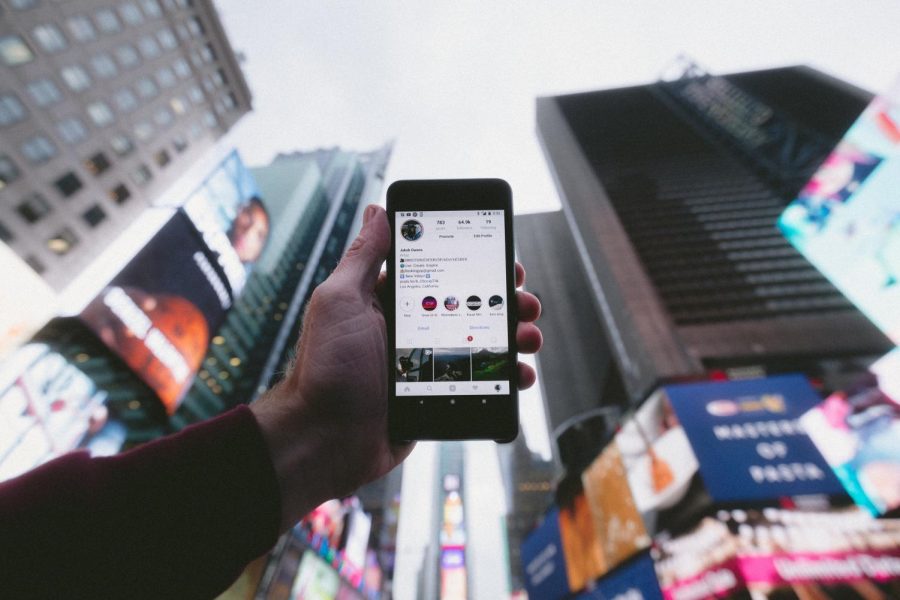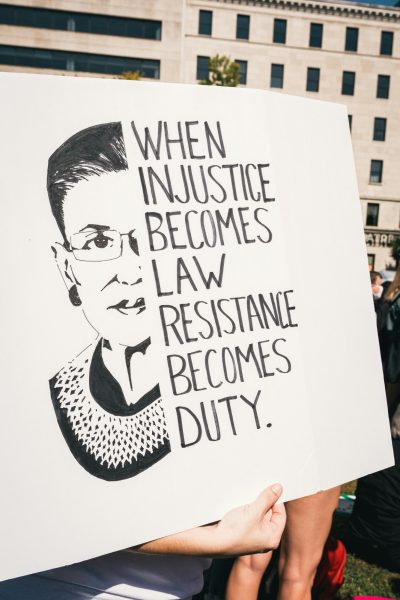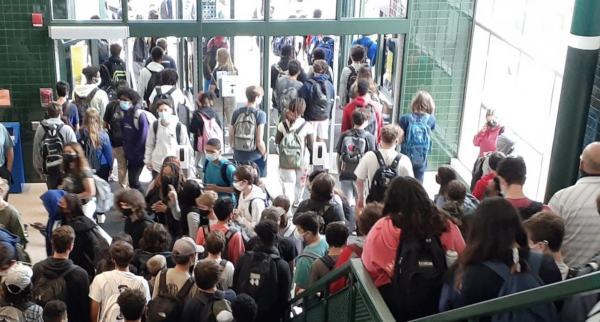The Generation of Impact
Generation Z: The most racially and ethnically diverse group than any previous before, being the most well-educated, sophisticated, and connected generation yet. They have grown up in a world of technology, a digital age, in fact, having access to active global perspectives, while tools to the most uprising problems that are faced today. It takes them 8 seconds to decide whether content is worthy or benefits. Moreover, 60% of them want to positively impact their future and participate in social activism.
However, Generation Z is also born into a warming world, where they will live to see who has spent—and will spend—their entire lives devoted to fighting for a stable future. With the extreme likelihood that major environmental, educational, and health-related issues are not going to be solved by itself, the world needs someone or something to take on global change.
If not us, then who?
Our Reality
It is important to wake up and to see the reality of the world. Every day new evidence of our unsustainable impact on the environment is becoming apparent. The last five years have been the warmest five-year period on record. In less than a generation, the world has witnessed 60% decline in wildlife across land, sea and freshwater. Nearly 22,000 children die each day living in horrendous poverty conditions. In fact, 67 million primary-school-age children are still denied the right to education. These problems matter to Generation Z, since 70% of them are worried about the effects of climate change and a sustainable future. Technology can help sustain the planet, that is if Generation Z uses it correctly.
In all truth, teenagers and children severely depend on technology. Yet, those who spend more time using devices, are more likely to suffer mental health issues, such as depression, linking to increased suicide rates. Rather than encouraging potential, unhealthy uses of technology have lowered self esteem and limited real-world interactions to create a greater future. Generation Z, born into the peak of technological innovation and experience, has a great understanding of technologies to change lives. All being said, it is time to focus on the solutions which have the potential to be developed.
How Technology Can Save the World
From rising tides to our most endangered creatures, technology can reshape how we identify, measure, track and value various resources the Earth provides; including the most basic needs, such as stability, education, and independence to human growth.
In every aspect of life, from self-driving cars, that are estimated to decrease the 1.2 million lives lost every year due to car accidents in half, to the fueling sharing economy, informing us about retail listing, cars, services, and robotic surgery in cancer care- it’s no wonder why we rely on 77% of technology to succeed in life. Smartphones and social media help us stay connected to what’s going on all over the world, becoming a digital citizen of this virtual reality. And the era of technological impact is right in front of us.
The NGO Migrant Offshore Aid Station started sending out drones in 2015 from its emergency rescue vessel, using an infrared-enabled camera to locate refugees and migrants adrift at sea. The drone then sends back coordinates, and helps organizations rescue refugees. Likewise, drones have helped humanitarian aid organizations locate areas in need of medical attention in the Philippines after the Typhoon Haiyan in 2013, document the aftermath of the Nepal Earthquake in 2015, and faster than ambulances, delivered first aid to rural towns where medical attention was not accessible. A San Francisco-based Otherlab launched the world’s most advanced industrial paper airplane, made of entirely biodegradable materials, carrying more than two pounds of medical supplies, like blood and vaccines.
On the environmental aspect, drones are not only helping scientists observe animals in their natural habitat, but protecting endangered species from the multi-billion dollar industry of poaching. Monitoring wide expanses of land to intercept poaching gangs, based on analytical models and thermal imaging, the drones are able to protect populations. Through major natural disaster impacts, like wildfires in California and Oregon, more than 8 million acres were burned. However drones on pre-programmed routes are distributing seeds to these burnt areas, covering up 50 acres a day – 6 times faster than human productivity. The future of drones is prevalent in today’s society, reshaping the world for our next generation.
In the same way, technology reshapes the world of learning, expanding its access to free education and learning opportunities on every continent. Massive amounts of information can be collected from the touch of a fingertip. Especially in the pandemic, teachers have taken advantage of a virtual classroom through google-powered experiences, zoom conferences, and touch screen devices. Students can travel to the Arctic, talk to a team of scientists via videoconference about their expedition, and present their research on influential platforms shared globally. It has come down to an internet search that can lead to development of any skill that one needs to succeed. In 2012, there were 168 million child labor workers aged 5 to 17. This is one reason many children cannot attend school. However, over 40 years, equitable access to quality education can help a country raise its gross domestic product per capita by 23%. Technology is a powerful tool and opportunity that provides teachers, students, and anybody unlimited access to learning tools that define better means of creativity, communication, and inclusion. It expands learning beyond the text and beyond the classroom walls, where learning is possible anywhere at any time.
Although technology is not meant to solve human struggles, it is made by humans to solve problems of matter, energy, space, time. Without technology, it is impossible to move forward, namely in the future and see growth in our generations. The fate of the future is in Generation Z’s hands, and in order to preserve it, we must advance together.
The Hunterdon Central Legacy
The cell phone policy was reinforced this year at Hunterdon Central to take steps to address concerns and issues related to student usage of, and the many influences of, social media.
Social media and technology play a critical role in students’ lives. However, as concerns increase about cyber harassment and other issues among students at Central, “more mindful approaches and practices” around social media and technological usage for the Hunterdon Central student body is encouraged.
Ultimately, it is up to the students at Hunterdon Central to demonstrate and create a positive role model platform to the community, and thus, use our technology in a proactive manner, specifically with intention and impact.










